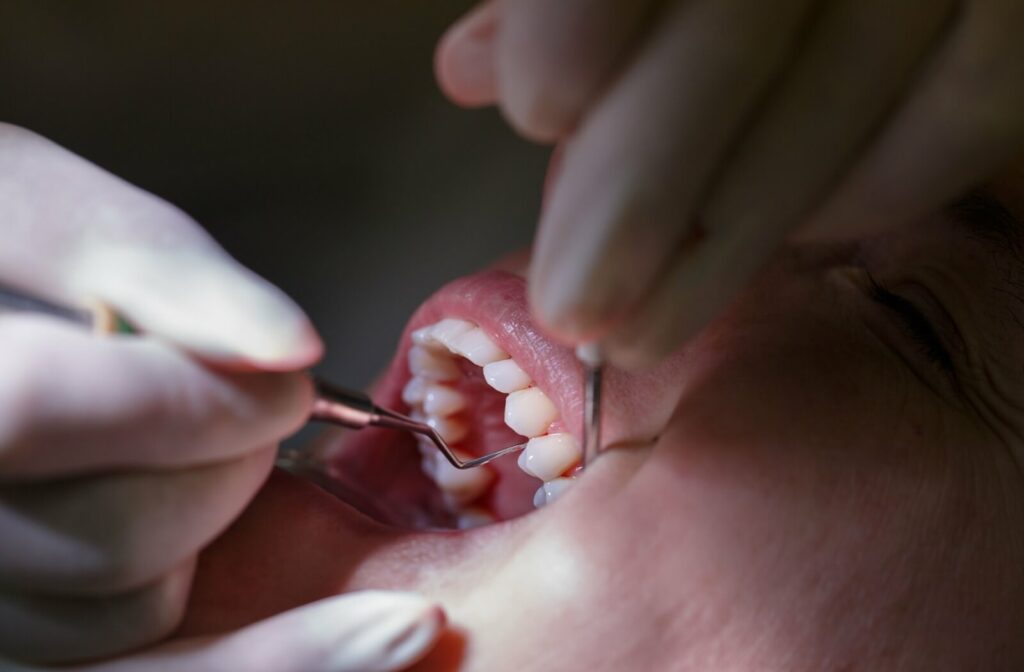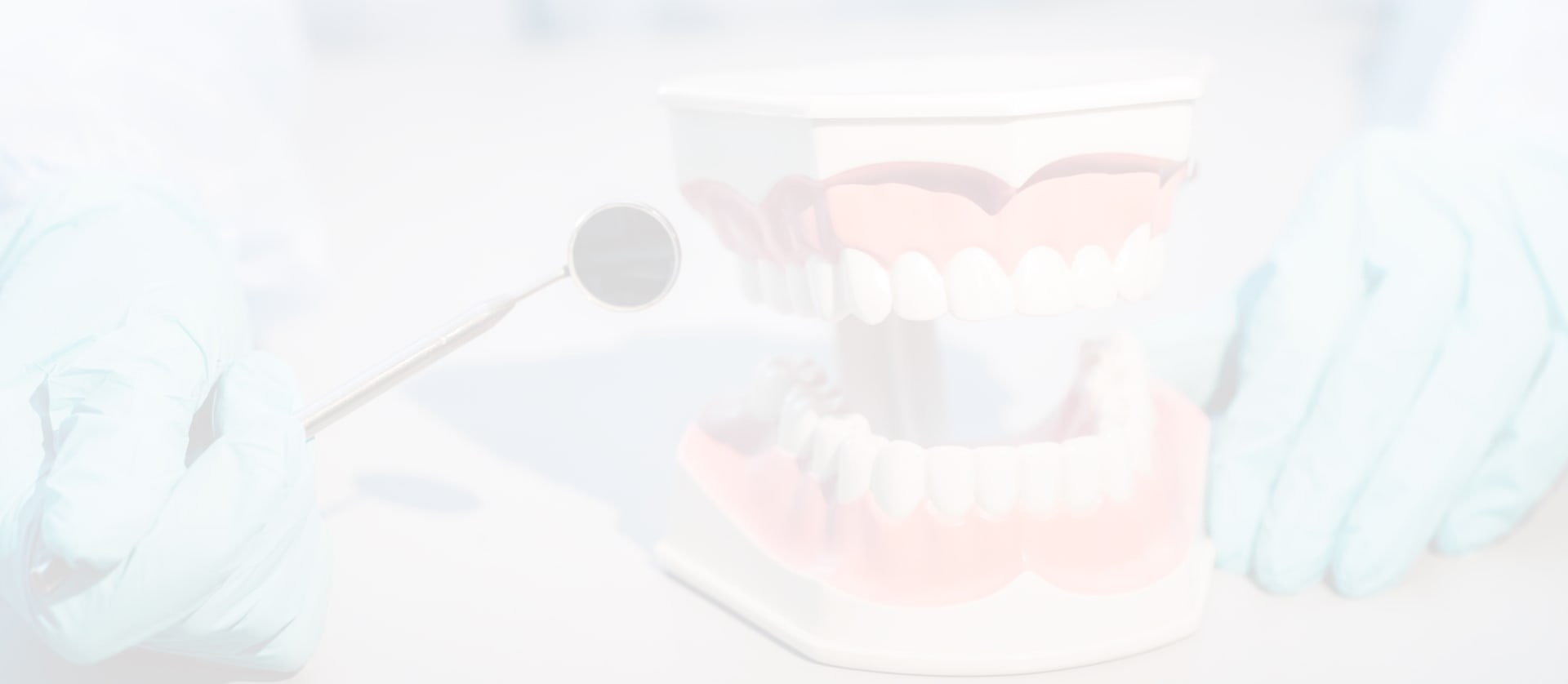Gum recession is a common problem that, when left unaddressed, can lead to all kinds of dental problems. It’s crucial to recognize the early signs of gum recession, so your dentist can help diagnose and treat it before it becomes a bigger problem.
Mild swelling and redness may indicate early stages of gum recession. If left untreated, you may notice that your teeth appear longer or larger than usual. If you’ve noticed these signs, visit your dentist as soon as possible to discuss solutions.
What Causes Receding Gums?
Poor oral hygiene is a leading cause of gum disease and recession. When plaque, a sticky film of bacteria, is not removed through regular brushing and flossing, it hardens into tartar. This buildup can damage the gums and cause them to pull away from the teeth, creating pockets where more bacteria can thrive.
As these bacteria thrive, they start to irritate the surrounding area, leading to gum disease. This occurs when the gums pull back from your teeth and create larger pockets for bacteria. Gum disease can be broken down into 2 stages: gingivitis and periodontitis.
Gingivitis vs. Periodontitis
Gingivitis is a mild disease where plaque buildup irritates your gums. This causes visible redness and swelling, often leading to bleeding gums when flossing.
Periodontitis is a more severe form of gum disease. This infection can lead to severe redness, swelling, tooth loss, and gum recession. If you have periodontitis, your teeth may feel loose or sensitive to touch. It’s crucial to seek dental treatment right away if you think you have gum disease.
Other Causes of Gum Recession
While poor oral hygiene is the main cause of gum recession, it’s not the only factor involved. Receding gums can also develop due to:
- Genetics
- Aggressive brushing
- Smoking and tobacco use
- Hormonal changes
The Early Signs of Gum Recession
If you’re worried about gum recession, try regularly inspecting your gums and teeth in the mirror once a week. Being proactive lets you address minor issues and avoid major problems in the future. Keep an eye out for:
- Gum sensitivity
- Persistent bad breath
- Redness and swelling
- Bleeding when flossing or brushing
- Teeth appearing longer than usual
Watching for these signs can help you catch gum recession early, allowing you to get treatment before the gum disease progresses.
Can Gum Recession Be Reversed?
In the earliest stages (gingivitis), gum recession can still be reversed, but you will need your dentist’s help. Start by scheduling an appointment with your dentist so they can examine your teeth and gums.
During your appointment, your dentist will examine the space between your teeth and gums and check for any pockets. These are the spaces where bacteria can thrive and show your dentist the extent of your gum recession.
You’ll undergo a professional cleaning, where your dentist removes any plaque and tartar buildup. They’ll rinse your mouth afterwards to remove any leftover residue.

Finally, after your appointment, your dentist may prescribe a special mouthwash or treatment to help promote gum healing. This entire process reduces bacteria buildup and helps stop future infections.
Preventing Gum Recession
The easiest way to prevent gum recession is by maintaining good oral hygiene habits. This includes:
- Brushing your teeth 2 times a day with a soft toothbrush. You should also use fluoride toothpaste to strengthen your teeth and gums.
- Floss once a day. Make sure to reach between every tooth and along the gumline to dislodge any built-up food particles and bacteria.
- Use antibacterial mouthwash at least once a day. This helps kill leftover bacteria and prevent buildup.
- Follow a balanced diet rich in fruits and vegetables. These give you the nutrients needed to maintain a healthy mouth and immune system.
- Stay hydrated. This can promote saliva production, which helps wash away bacteria and food particles.
- Avoid tobacco usage. Tobacco is closely linked with all kinds of health problems and can lead to inflammation and irritation and worsen symptoms of gum disease.
Finally, make a point to regularly schedule checkups with your dentist. These are key to catching gum recession and disease long before they cause any significant dental problems. With these strategies, you can effectively manage your oral health and prevent dental conditions in the future.
Take Charge of Your Oral Health
Proactive steps are key to preventing gum disease. If you’ve noticed the signs that something’s wrong, like redness, swelling, or teeth appearing larger than normal, don’t ignore them.
Come see our team at Fairlawn Dental Centre. We’re dedicated to helping you achieve and maintain a healthy, strong smile, so book your appointment with us today!










